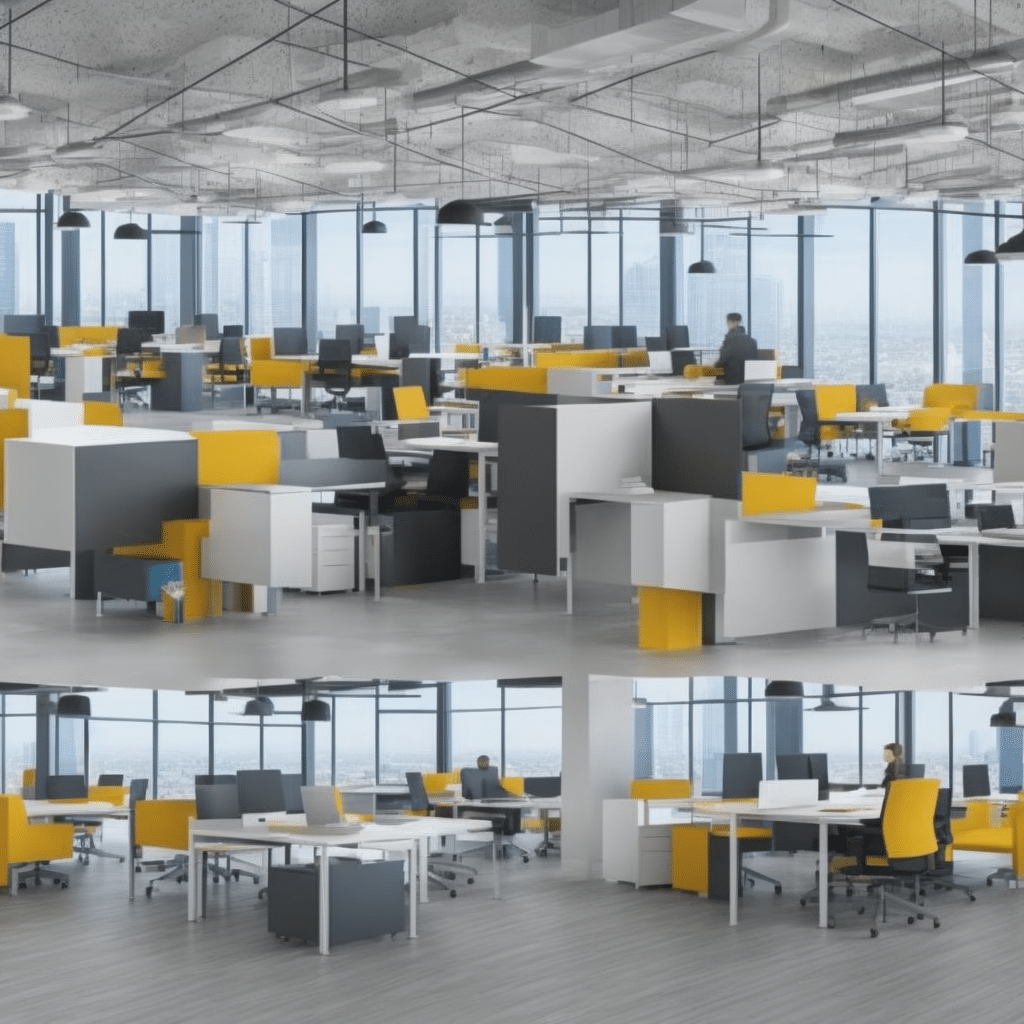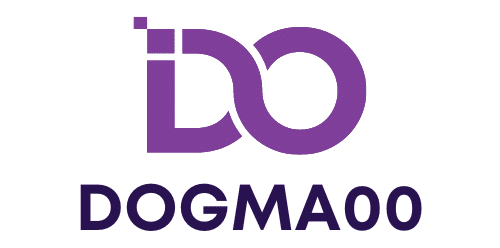What are the emerging trends in workspace designs within real estate to accommodate hybrid work models?

As we plunge deeper into the 21st century, the concept of work continues to evolve, driven by advancements in technology, societal shifts, and, more recently, global health crises. The COVID-19 pandemic has accelerated certain trends, reshaping our definition of an office and the way we work. With the rise of hybrid work models, a blend of remote and in-office work, industries worldwide are rethinking their strategies and making necessary adjustments. Foremost among these industries is real estate, where the design of workspaces is undergoing a major transformation to accommodate these new work patterns.
The Hybrid Work Model and Real Estate
The hybrid work model, a combination of in-office and remote work, has been a game-changer in recent years. It gained significant traction during the COVID-19 pandemic and has continued to influence the nature of work post-pandemic. This model offers flexibility and convenience to employees, balancing the need for collaboration and individual work.
Dans le meme genre : What strategies can be employed to ensure the financial sustainability of eco-friendly real estate projects?
But what does this mean for real estate? Simply put, it has forced a reevaluation of office design. The conventional office space, with its cubicles and meeting rooms, no longer suits the needs of companies leaning towards hybrid work models. The change in work dynamics necessitates a change in workspace designs within real estate.
Designing Spaces for Flexibility
In the era of hybrid work, flexibility is key. Office spaces need to be adaptable to cater to an unpredictable number of employees who may choose to work remotely or at the office depending on the day. This flexibility extends beyond the mere number of workstations to encompass the overall use of space.
Avez-vous vu cela : How can real estate projects be designed to minimize their impact on local water resources?
Spaces that can be easily reconfigured for various activities are gaining favor. Modular furniture, movable walls, and adaptable layouts are just some of the design elements facilitating this flexibility. Also, as employees increasingly choose when they want to be in the office, it becomes essential to provide a variety of spaces that cater to different work styles and tasks.
Prioritizing Employee Well-being
The pandemic has brought health and well-being to the forefront of workspace design. Indoor air quality, natural light, hygiene facilities, and biophilic design elements that incorporate nature are all gaining prominence in office design.
This trend is about more than just physical well-being. Office spaces are increasingly designed to support employees’ mental health. Quiet spaces for focused work, relaxation areas, and informal meeting spaces that encourage casual interaction and community building are becoming integral parts of modern office designs.
Technology Integration
In an increasingly digital world, technology plays a crucial role in workspace design. As hybrid work models rely heavily on technological tools for remote collaboration, offices must be equipped with state-of-the-art technology.
High-speed internet, video conferencing facilities, and smart meeting rooms support seamless communication between remote and in-office employees. Furthermore, data driven design decisions are gaining traction. Usage data from sensors and other sources can inform real estate decisions, such as which parts of the office are underutilized, and which areas employees find most conducive to work.
A Shift towards a Community-Centric Approach
Despite advancements in remote work, people still crave social interaction and a sense of community. Recognizing this, workspace designs are shifting towards a community-centric approach.
Rather than being seen as mere places to work, offices are being transformed into hubs for social interaction and collaboration. More space is allocated to communal areas, informal meeting spaces, and amenity-rich areas that enhance the employee experience.
In summary, the real estate industry is at a turning point. As hybrid work models become the norm, workspace designs are adapting to support this shift. Flexibility, employee well-being, technology integration, and a community-centric approach are the driving trends in office design. Ultimately, the goal is to create offices that are not just places to work, but spaces that inspire, foster collaboration, and support employee well-being.
Evolution of Shared Spaces and Collaborative Environments
With the shift to a hybrid work model, the perception and utilization of shared spaces within office environments are fundamentally changing. In the traditional office setup, shared spaces like meeting rooms, break rooms, and communal dining areas served specific, delineated purposes. The evolving work trends demand these spaces to now fulfill multiple roles in a flexible and dynamic manner.
In a hybrid workplace, shared spaces are increasingly being designed to encourage spontaneous interactions and foster a sense of community. These areas are being transformed into collaborative spaces that can be easily repurposed for different activities. A single area could serve as a coffee break zone, an informal meeting point, or a brainstorming corner, depending on the needs of the moment.
The success of these collaborative environments largely depends on the careful planning and design of these spaces. Factors like acoustics, lighting, furniture configuration, and the availability of technology play a crucial role in creating inviting and productive shared spaces. The strategic placement of these collaborative spaces is also vital in promoting face-to-face interactions and reducing feelings of isolation among employees who may only be in the office a few days a week.
In addition, the concept of co-working spaces is also being revitalized within the corporate real estate sector. As more companies adopt hybrid work models, there’s a growing demand for flexible office spaces that can be rented on a subscription basis, allowing companies to scale their physical presence up or down as needed.
The Future of Workspace Designs
As the world continues to navigate the balance between remote and in-person work, the design of our work environments will continue to evolve. The future of work is likely to be characterized by spaces that are adaptable, health-centric, technologically integrated, and community-focused.
The concept of a "one-size-fits-all" office space is gradually being replaced by a more personalized approach. Office design of the future might entail customizable workstations that can be adjusted according to individual preferences and tasks. This will ensure that employees have a comfortable and conducive work environment, irrespective of the nature of their work.
In terms of commercial real estate, a shift towards a more flexible lease structure is anticipated. This is primarily due to the unpredictable nature of space utilization in a hybrid work model. Landlords and property managers will need to adapt their offerings to cater to the evolving needs of businesses.
Moving forward, workspace designs will also need to prioritize sustainability. As environmental concerns continue to gain momentum, companies will be expected to minimize their carbon footprint. This could manifest in the form of energy-efficient buildings, eco-friendly furniture and materials, and green spaces within office premises.
In conclusion, workplace design in the age of hybrid work is a fascinating and complex challenge. It requires a careful balance of flexibility, employee well-being, technological innovation, and community-building. As we adapt to these new ways of working, the shift in workspace design serves as a testament to our collective resilience and creativity. It’s a profound reminder that our work environments, much like the work we do within them, are in a constant state of evolution.
